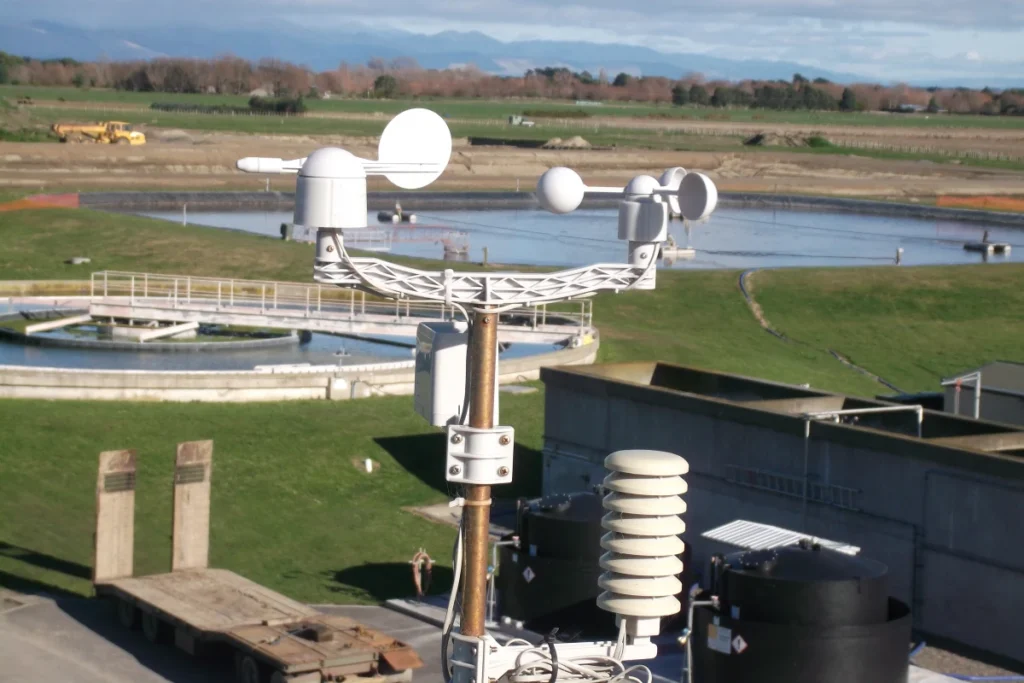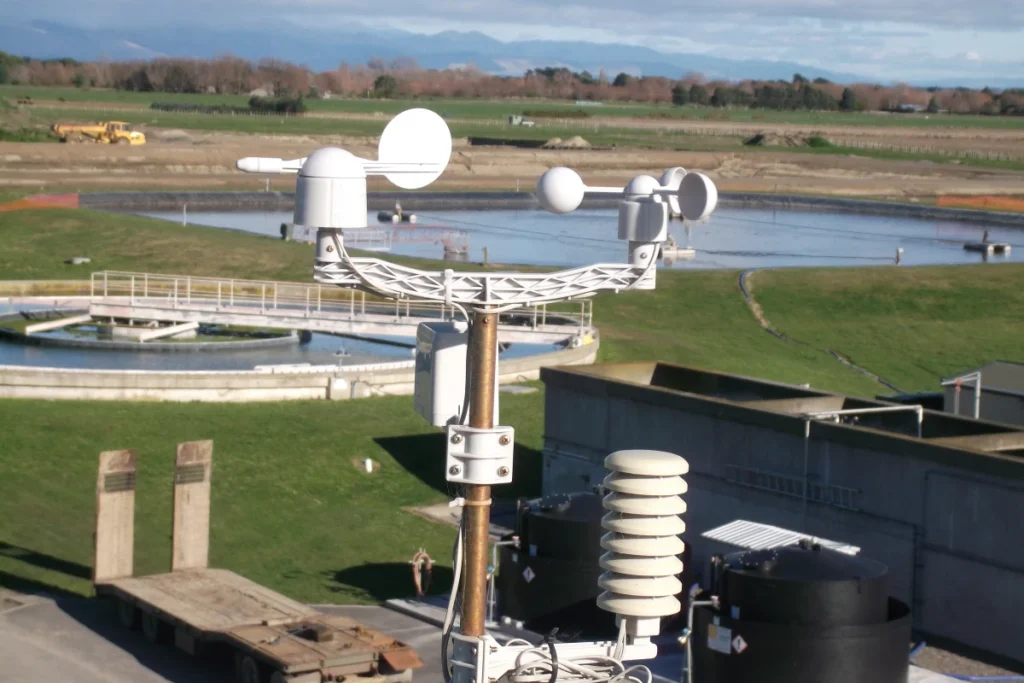
# Definition of Anemometer in Meteorology
## What is an Anemometer?
An anemometer is a meteorological instrument used to measure the speed of wind. It is an essential tool for weather forecasting, aviation, and environmental monitoring. The term “anemometer” is derived from the Greek word “anemos,” meaning wind, and “metron,” meaning measure.
## Types of Anemometers
There are several types of anemometers, each designed for specific applications:
– Cup Anemometer: This is the most common type, consisting of three or four cups mounted on horizontal arms. The wind causes the cups to rotate, and the speed of rotation is proportional to the wind speed.
– Vane Anemometer: Also known as a windmill anemometer, it uses a propeller or a set of blades that rotate in response to the wind. The rotation speed is measured to determine wind speed.
– Hot-Wire Anemometer: This type uses a heated wire that cools down as the wind passes over it. The rate of cooling is used to calculate the wind speed.
– Sonic Anemometer: This advanced type uses ultrasonic sound waves to measure wind speed and direction. It is highly accurate and is often used in research and high-precision applications.
## How Does an Anemometer Work?
The working principle of an anemometer depends on its type. For example, in a cup anemometer, the wind causes the cups to rotate. The number of rotations per unit time is counted and converted into wind speed. In a hot-wire anemometer, the change in temperature of the wire due to wind flow is measured and used to calculate the wind speed.
## Applications of Anemometers
Anemometers are used in various fields, including:
– Weather Forecasting: Accurate wind speed measurements are crucial for predicting weather patterns and issuing warnings.
– Aviation: Pilots rely on anemometers to assess wind conditions for safe takeoff and landing.
– Environmental Monitoring: Anemometers help in studying wind patterns and their impact on the environment.
– Wind Energy: Wind turbines use anemometers to optimize their performance by adjusting to wind speed and direction.
## Conclusion
An anemometer is a vital instrument in meteorology, providing essential data on wind speed and direction. With various types available, each suited to specific needs, anemometers play a crucial role in weather forecasting, aviation, environmental monitoring, and renewable energy. Understanding how they work and their applications can help us better appreciate their importance in our daily lives.
Keyword: define anemometer

